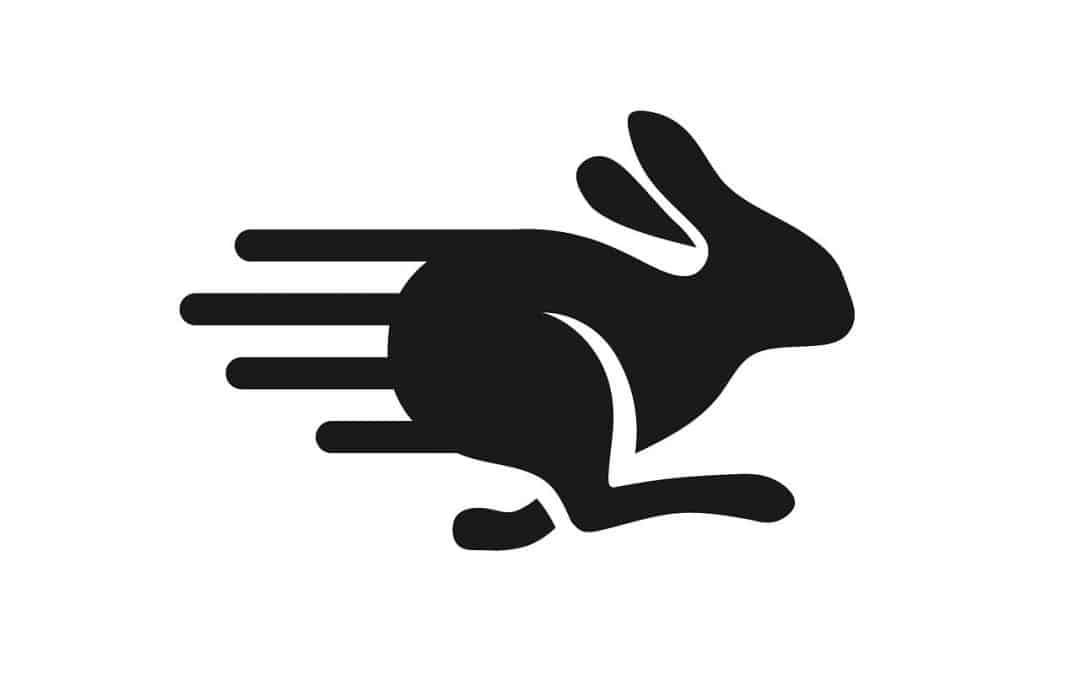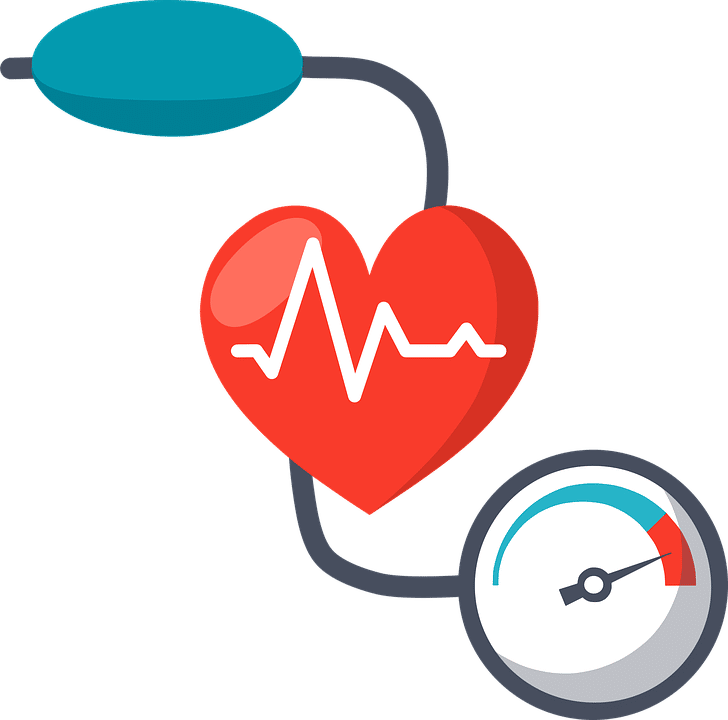
The Most Effective Exercise for Lowering Blood Pressure
The Most Effective Exercise for Lowering Blood Pressure
Introduction
If you are currently taking medication for high blood pressure or in danger of doing this, you should know that you can do things to improve your hypertension.
One of the most effective is exercise.
** ALWAYS CHECK WITH YOUR PHYSICIAN BEFORE STARTING ANY FORM OF EXERCISE FOR HIGH BLOOD PRESSURE
I have worked with thousands of patients battling high blood pressure, and many of them had been on an exercise regimen but had seen little to no results with their blood pressure.
Numerous recent studies show a specific TECHNIQUE of exercise works better than any other to reduce blood pressure. This is great because you can use the technique for any exercise you like: biking, walking, running, swimming, etc.
The technique is called “HIIT” or High-Intensity Interval Training. Almost anyone can do it, and it’s easy to do.
Read the article below for the particulars and instructions on how you can get started.
Here’s another article about using isometric exercise (at your desk or driving your car!) to reduce blood pressure.
I hope this helps!
Dr. Melodie Billiot
Another exercise to improve your blood pressure:
READ: Want To Lower Your Blood Pressure By 20 Points? Try This Exercise…
HIIT and blood pressure
Ronald Grisanti D.C., D.A.B.C.O., DACBN, MS, CFMP
When it comes to lowering blood pressure, exercise is a non-negotiable factor.
You may be wondering what would be the most effective form of exercise to lower blood pressure?
More and more studies are showing the exciting results of something called HIIT in lowering blood pressure. HIIT stands for High-Intensity Interval Training
What is HIIT?
HIIT is not any specific exercise; instead, it is a technique. You can apply this technique to almost any exercise, whether it be walking, riding a bike, swimming, doing some body weight exercises, or even dancing in your living room.
** ALWAYS CHECK WITH YOUR PHYSICIAN BEFORE STARTING ANY FORM OF EXERCISE FOR HIGH BLOOD PRESSURE
HIIT training combines very short bursts of working at your absolute maximum alternating short periods of active recovery rest. Research has found that this form of exercising gives you more health benefits than any other way of exercising.
It shortens the amount of time you need to exercise and is more effective; you work out for just 10-30 minutes and reap impressive health benefits. You burn more body fat, your metabolism is stimulated for long after you finish exercising, and it also helps you utilize oxygen more efficiently.
One of the most significant benefits people find from HIIT is the reduction in training time. Through HIIT, you can put in about half the amount of time compared to traditional cardio exercise to reach your goals.
One study found that just 2 minutes of HIIT sprinting increased metabolism as much as 30 minutes of running. HIIT increases the efficiency of your heart, and HIIT training also has a significant effect on naturally lowering your blood pressure.
HIIT and blood pressure:
Although most any type of exercise has its benefits, HIIT shines when it comes to saving time. Using the HIIT technique is the ultimate shortcut.
Study after study shows that HIIT exercise improves blood pressure in people with hypertension better than any other exercise routine.
HIIT is highly effective in reducing resting heart rate and blood pressure in overweight and obese individuals.
It has been shown that HIIT exercising just three times per week for just 20 minutes at a time lowers blood pressure more effectively than continuous endurance training.
What is the science that makes HIIT so effective?
HIIT training changes something called endothelial function.
The endothelium is a very thin membrane that lines the inside of your heart and your blood vessels. The cells in this membrane release various substances that control how your blood vessels relax and contract.
We know that stiff hard arteries play a role in high blood pressure.
The ability of your artery walls to expand (vasodilate) is very important.
You need to have flexibility in your arteries to allow for proper blood flow throughout your body.
HIIT improves endothelial function and reduces the stiffness in your artery walls more than any other traditional form of exercise.
Just a 1% improvement in your endothelial function can result in a 13% reduction in the risk of cardiovascular events like heart attacks and strokes.
One study showed that 73% of people restored blood pressure to normal using a HIIT training method for just two months and 24 exercise sessions. There was a significant reduction in systolic blood pressure from 145.4 (± 9.0) to 118.3 ( ± 15.6) mm Hg.
How to Apply HIIT
With HIIT training, you’re are going to go “all out” at a high intensity for short amounts of time. You then do an ‘active recovery’ rest for a short interval. You can apply this technique to any kind of exercise, walking, running, jumping rope, cycling, and even weight training.
I prefer using a stationary bike to minimize injury. It is simply a great option to implement HIIT into your workouts.
Using the HIIT on a stationary bike
Warm-up for 5 minutes on a low setting.
After your 5 minute warm-up, increase the bike’s tension and pedal as fast as you can for 20 seconds. This is called the Sprint phase. After the 20-second sprint phase, lower the tension on the bike and comfortably pedal for 2 minutes.
This is one session of HIIT.
Repeat the above five times, and you are done.
Heart Recovery Tip
After doing your 20-second sprint, lower the tension and wait 60 seconds and check your pulse. You want your elevated pulse to come down between 8-10 beats. This is your heart recovery zone. If your pulse does not come down 8-10 beats for some reason, you should stop and call it a day. For example, after you do your all-out sprint for 20 minutes, your heart rate goes up to 110 beats. After one minute of decreasing the tension and comfortably pedaling, your heart rate should come down to 100-102 beats. That is a good heart recovery.
Although, as I mentioned above, I prefer the stationary bike, this can be applied to walking as well. Simply walking at a comfortable pace for 5 minutes, then do an all-out “brisk” walk for 20 seconds. Walking comfortably for 2 minutes, then repeat five times.
That is all you need to do to maximize this effective form of exercise (HIIT) to lower your blood pressure.
Compliments from Functional Medicine University
References
https://pubmed.ncbi.nlm.nih.gov/29424402/
https://www.healthline.com/nutrition/benefits-of-hiit#TOC_TITLE_HDR_8
https://pubmed.ncbi.nlm.nih.gov/21450580/
https://journals.sagepub.com/doi/abs/10.1177/1741826711400512
https://www.sciencedirect.com/science/article/pii/S0531556516306003
Find Out How to Get Help with your Health:
Would you please take five minutes to fill out a health assessment survey and send it to me? I’ll call you for a phone consult and discuss what could be done about your health. It’s complimentary, no strings attached. Either I can help you or point you in the right direction to get help. Don’t give up! You can recover your health if you persist.
Blog Subscription
Get Great Information about your Health
- Weekly blog posts with vital tips and warnings
- Interesting “pass it along” health facts
- Cutting edge natural healing techniques and advice


